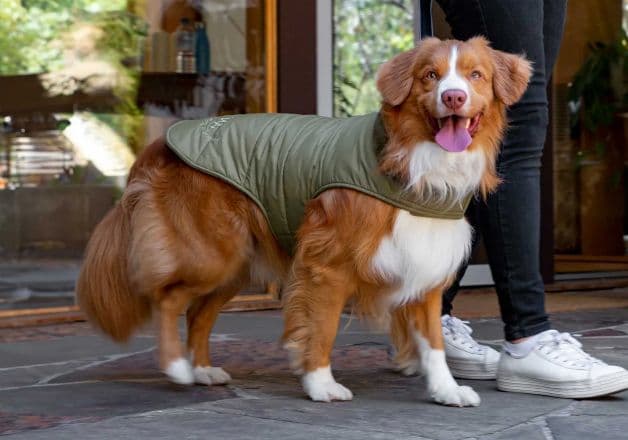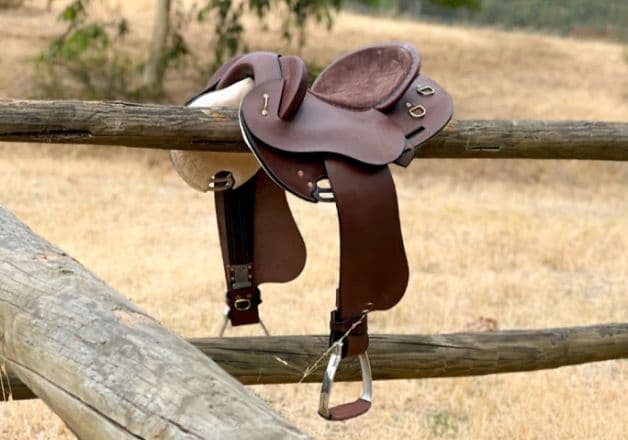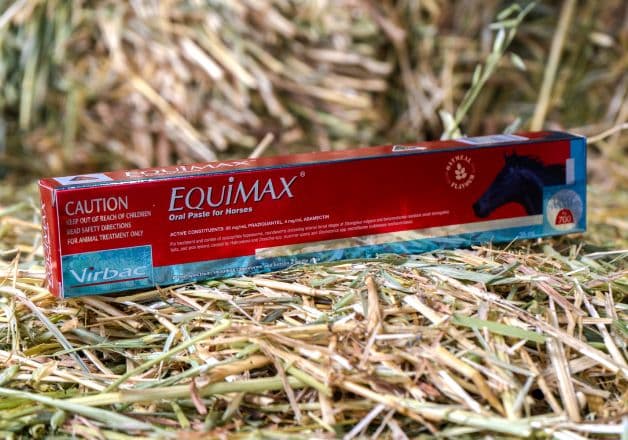
How to Build Trust with Your Horse
Horses may not speak our language, but they’re always listening – to your body, your energy and your intentions!
So here are our best behaviour-based tips to help you gain your horse’s trust, work more effectively together and strengthen your connection along the way.
Remember: it’s not about being dominant. It’s about being dependable.
Horses, humans and healthy connection
As humans, we rely heavily on verbal communication, but horses speak through body language. That means subtle movements, shifts in energy, even a flick of the ear.
Horses are prey animals. That means their instinct is to flee from uncertainty – not confront it. So while your horse may seem calm, they’re constantly reading your energy and intentions.
They notice your breathing, posture and even where your eyes are focused! So the more aware you are of your own signals, the clearer and calmer your communication becomes.
Winning their trust (without forcing it)
To get a horse to trust you, consistency is key. Approach your horse the same way each time, speak gently, and handle them with calm, confident movements.
Horses learn to trust patterns – especially ones that don’t lead to fear or pain.
Spend time with them outside of training. Simply being present, brushing them, or walking alongside them helps build familiarity. These moments show your horse you're not always asking something of them – that it’s not a transactional relationship.
And don’t rush it. Let them process new things at their own pace.
A scratch at the wither, a soft word of praise, or even just walking away when they need space can say: I see you, and I respect your pace.
How long does it take to build trust?
There’s no stopwatch on trust. Some horses warm up in a few sessions, while others take weeks or months.
Age, past experiences and personality all play a role. A rescue may take more time than a paddock-raised horse – and that’s okay.
Instead of counting the days, focus on consistent, positive interactions. If your horse starts to meet you at the gate or stands relaxed during grooming, you’re on the right track.
Remember: trust isn’t a finish line. It’s a relationship – and like any relationship, it takes time, effort and maintenance.
Boundaries mean comfort (not control)
Letting your horse do whatever they want might feel kind, but in reality, it creates uncertainty. Horses thrive on clarity.
If you ask them to back up, or wait before stepping forward, follow through every time. Use the same cues, respond consistently, and hold your ground calmly. Over time, this reliability builds your credibility as a trusted leader.
It’s not about being bossy – it’s about being someone they can count on. (And hey, we all appreciate that in a friend.)
Routine: The unsung hero of trust
Horses are creatures of habit. They find comfort in routines that make their day predictable.
Regular feed times, grooming and turnout reduce anxiety. When your horse knows what comes next, they’re more relaxed and ready to engage.
Even small rituals – haltering the same way, starting sessions with a few deep breaths – add up. You’re building a world where they don’t have to guess your next move.
Quick-fire tips for building trust and routine
- Groom in the same order each time. For example, start at the shoulder and move back.
- Approach from the shoulder, not head-on. This is less threatening and more respectful in horse language.
- Use the same voice cues. Choose words or sounds and stick with them.
- Practice short sessions often. Five calm minutes can be more valuable than a rushed over. (Quality over quantity!)
- Reward curiosity, not just obedience. Letting your horse sniff new objects or explore calmy shows you’re a safe partner.
- Let them watch before asking. If introducing something new (like a rug or a tool), let them look at it first. Curiosity builds confidence.
Want to learn more secrets to training success? Read all about horse body language.


